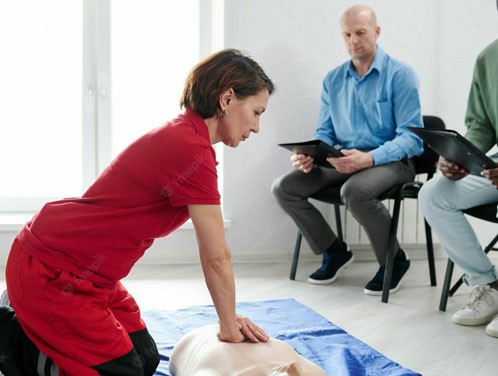


 349,500 Offered Certificates
349,500 Offered Certificates
 24/7 Online Training
24/7 Online Training
 Money Back Guarantee
Money Back Guarantee
 Fully Accredited Courses
Fully Accredited Courses

Created at: 25-02-2025 17:12
In today's fast-paced business environment, ensuring the safety and well-being of employees is paramount. One of the most effective ways to create a safer workplace is by investing in First Aid and CPR training. This critical training not only equips employees with the skills they need in emergencies but also fosters a culture of safety and preparedness within the organization.
First Aid and CPR training provides employees with the essential knowledge and practical skills needed to respond effectively to medical emergencies. From minor injuries to life-threatening situations, having trained personnel who can act quickly and confidently can significantly reduce the risk of severe consequences.
Cardiopulmonary Resuscitation (CPR) is a lifesaving skill that every employee should be familiar with. Key techniques include:
First Aid training is not just a good practice; it’s often a legal obligation. Complying with workplace health and safety regulations by having certified First Aid responders ensures that your business safeguards itself against potential fines and legal issues.
When choosing a First Aid course, consider:
Both online and traditional training formats offer unique benefits. Online courses provide flexibility and are ideal for busy teams, while in-person sessions offer hands-on experience and real-time interaction. Consider your team's learning style and operational needs when making a choice.
Investing in First Aid and CPR training is a commitment to the health and safety of your workforce. Empower your employees and reduce risks in the workplace by enrolling in a certified First Aid Course today. For more information, reach out to us at [email protected]. Together, we can build a safer, more prepared workplace.